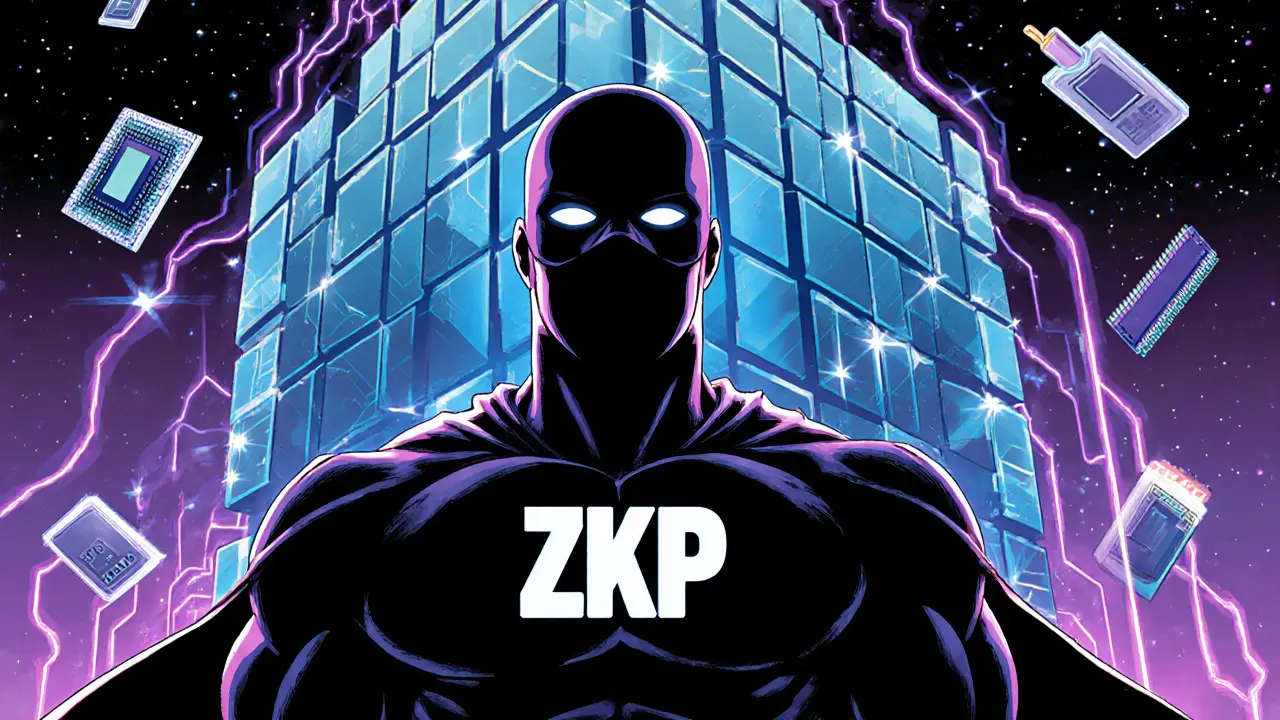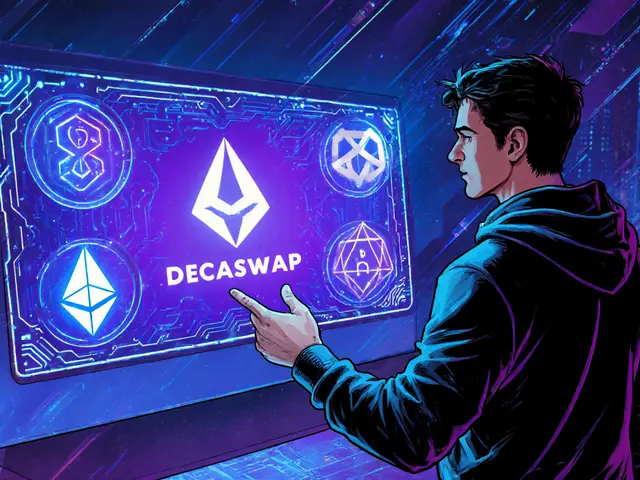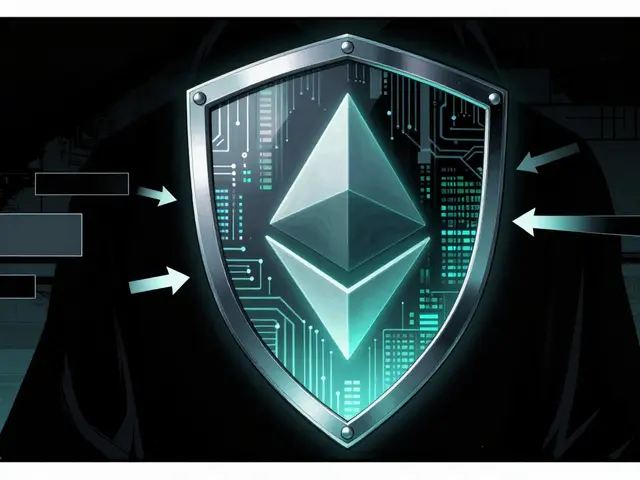Blockchain: The Core of Modern Digital Finance
When working with Blockchain, a distributed ledger that records transactions across many computers so the data cannot be altered retroactively. Also known as distributed ledger technology, it powers everything from simple token transfers to complex decentralized apps. Cryptocurrency, digital money that uses cryptographic techniques to secure transactions and control new unit creation is the most visible use case, but the technology stretches far beyond that. Smart contracts, self‑executing code that runs on the blockchain when predefined conditions are met enable automated agreements without a middleman. When you combine smart contracts with financial primitives, you get Decentralized Finance (DeFi), an ecosystem of open, permissionless financial services built on blockchain. Finally, the looming arrival of Quantum computing, machines that leverage quantum bits to solve certain problems exponentially faster forces the community to rethink cryptographic safeguards. Together these entities shape the landscape you’ll explore below.
Key Concepts and Relationships
Blockchain encompasses decentralization, immutability, and transparency—attributes that make it attractive for trust‑less applications. It requires strong cryptographic security; that’s where cryptocurrency and smart contracts rely on hash functions and digital signatures. Smart contracts enable DeFi by turning code into enforceable financial rules, allowing lending, borrowing, and trading without banks. DeFi benefits from composability—different protocols can stack like Lego blocks, creating new services in minutes. However, quantum computing threatens the underlying cryptography, prompting research into post‑quantum signatures and quantum‑resistant hash algorithms. In practice, a developer choosing a blockchain must weigh transaction speed (throughput), consensus model (proof‑of‑work vs. proof‑of‑stake), and smart‑contract language (Solidity, Rust). An investor looking at cryptocurrency will examine market cap, tokenomics, and regulatory exposure, while a DeFi user cares about liquidity, impermanent loss, and code audits. The ecosystem is a web of interdependent parts, each influencing risk and opportunity.
Below you’ll find a hand‑picked collection of articles that dive into each of these topics. Whether you’re curious about quantum‑proof blockchains, want a step‑by‑step guide to launching a smart‑contract, or need a quick rundown of the latest DeFi trends, the posts are organized to give you practical insight fast. blockchain knowledge builds layer by layer, so start with the fundamentals and work your way through the specialized pieces that follow.

Explore how zero‑knowledge proofs affect CPU, memory and bandwidth on blockchains, compare SNARK and STARK costs, and learn practical ways to cut prover and verifier overhead.
Continue Reading





